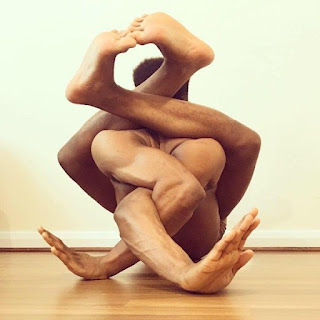Coward
A coward is someone who displays craven fear or lack of courage in the face of crisis or danger. The adjective pusillanimous is often applied. That comes from two Latin words, and may be translated as “puny of spirit.”
But back to the word coward. Along the way, it was also applied to animals: a skittish rabbit, a cock that would not fight, or a horse without spirit. The animal application is appropriate, since the core of coward is cauda, a Latin word meaning tail. The OED says that this may refer to “turning tail,” a metaphor for cowardice, or to the instinctive habit of frightened animals who tuck their tails between their hind legs.
The Cowardly Lion did not originally show up in The Wizard of Oz; it goes back to 1500, and referred to the Lion Coward, a heraldic figure that appeared in coats-of-arms. As expected, it depicted a lion with its eyes downcast and its tail tucked in. I find this confusing, since a lion usually represents courage or royalty. I’m not sure why a figure seeking safety in flight would be desirable on a coat-of-arms. Perhaps someone skilled in heraldry will add a note.
Now available from McFarland & Co.: Word Parts Dictionary, 2nd edition
Listen to Mike’s program in real time every Tuesday morning, 9:00 - 10:00 a.m. EST, by going to wtcmradio.com and clicking on Listen Now. There is now an archive of podcasts. Look under The Ron Jolly Show.
Visit the Senior Corner at http://seniors.tcnet.org
But back to the word coward. Along the way, it was also applied to animals: a skittish rabbit, a cock that would not fight, or a horse without spirit. The animal application is appropriate, since the core of coward is cauda, a Latin word meaning tail. The OED says that this may refer to “turning tail,” a metaphor for cowardice, or to the instinctive habit of frightened animals who tuck their tails between their hind legs.
The Cowardly Lion did not originally show up in The Wizard of Oz; it goes back to 1500, and referred to the Lion Coward, a heraldic figure that appeared in coats-of-arms. As expected, it depicted a lion with its eyes downcast and its tail tucked in. I find this confusing, since a lion usually represents courage or royalty. I’m not sure why a figure seeking safety in flight would be desirable on a coat-of-arms. Perhaps someone skilled in heraldry will add a note.
Now available from McFarland & Co.: Word Parts Dictionary, 2nd edition
Listen to Mike’s program in real time every Tuesday morning, 9:00 - 10:00 a.m. EST, by going to wtcmradio.com and clicking on Listen Now. There is now an archive of podcasts. Look under The Ron Jolly Show.
Write to Mike with comments or questions:
wordmallATaol.com
(substitute @ for AT above)
wordmallATaol.com
(substitute @ for AT above)
Visit the Senior Corner at http://seniors.tcnet.org


Comments